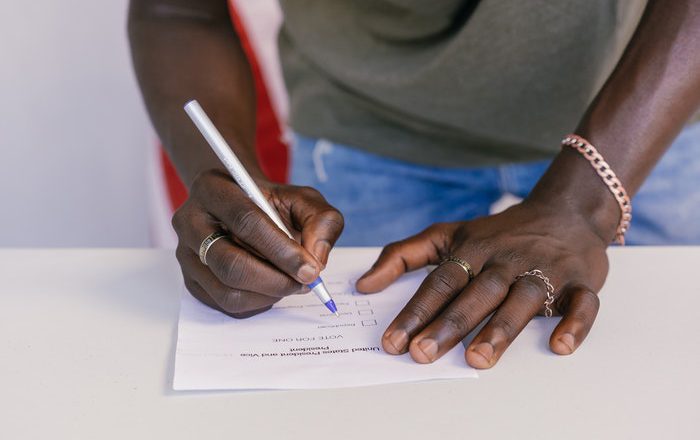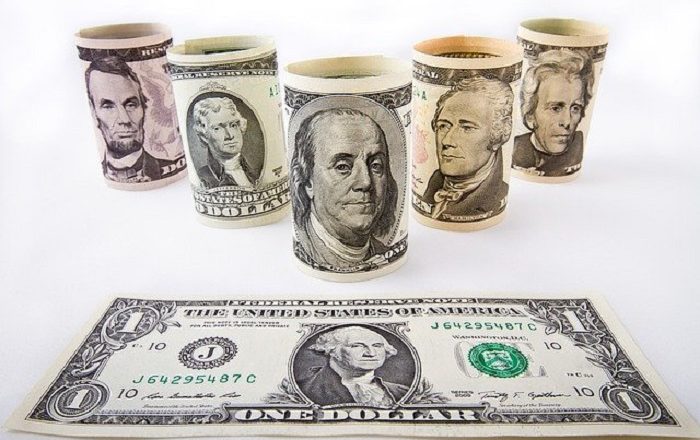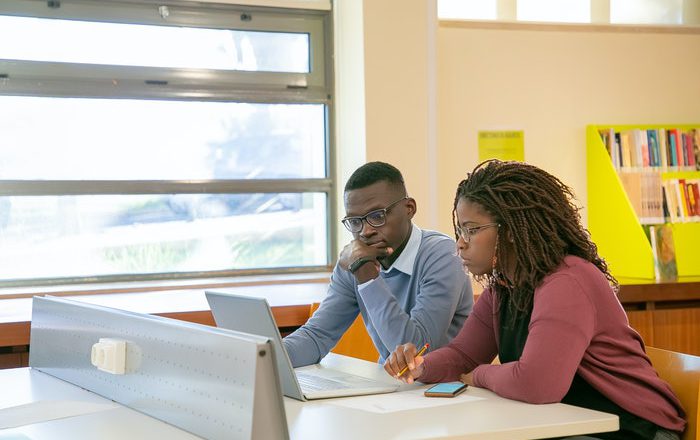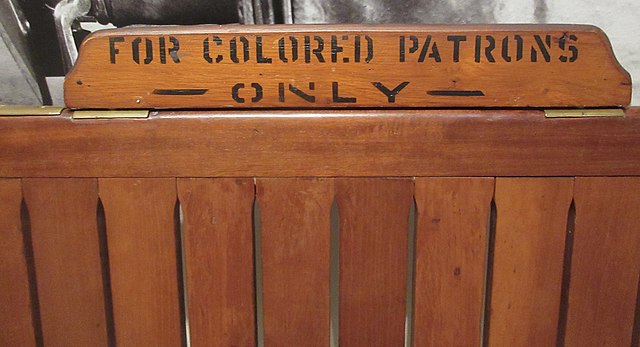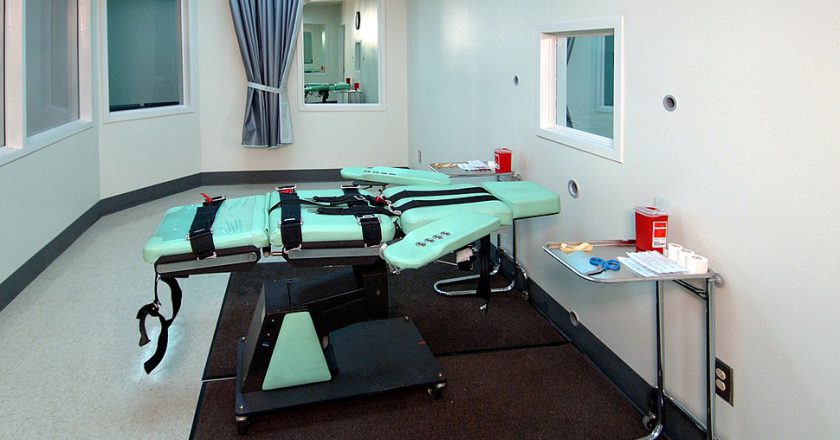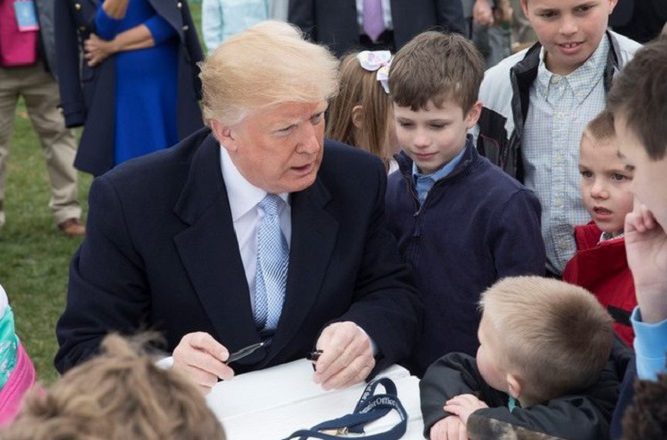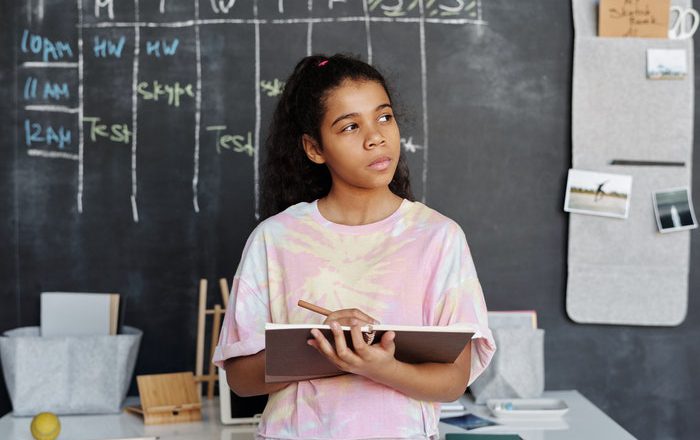This Federal Program Could Help Low-Income Women Pay Their Bills This Summer, As Energy Costs Soar
President Joe Biden announced new guidelines Wednesday for distributing an influx of funding for one of the oldest federal energy assistance programs in the country. The program, known as the Low Income Home Energy Assistance program, or LIHEAP, is a lifeline for families — many led by women — struggling to pay their utility bills.
Originally created to help low-income households pay their heating bills, the program has been increasingly used for cooling assistance. As climate change has led to more frequent heat waves and hotter summer months, this funding has become more crucial to pay for rising energy costs.
The new guidelines rolled out in an executive order — among several climate-related orders announced this week — expand on the shifting needs of the cooling side of the program, ...



